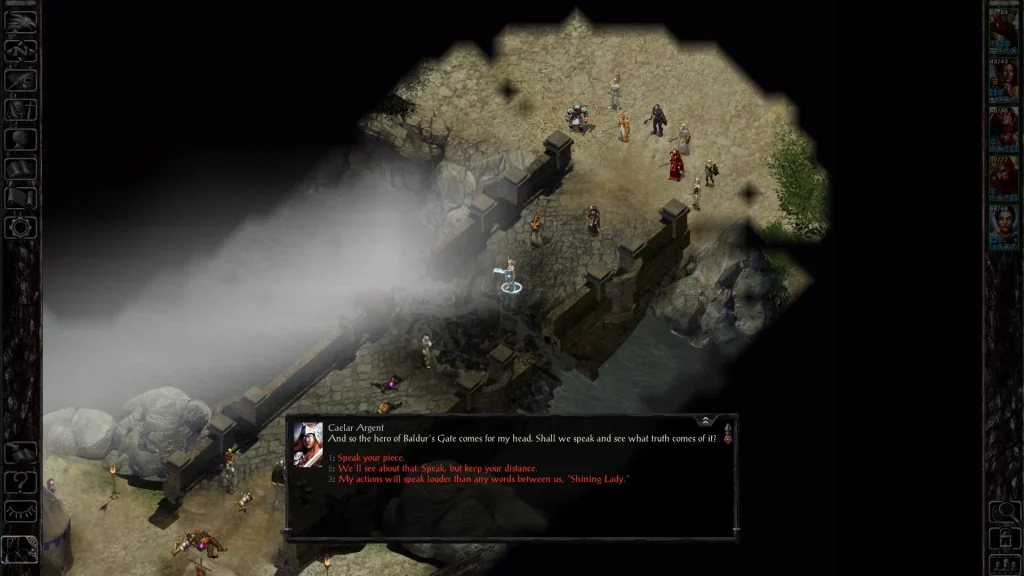
When was the last time you read a manual for a video game? Perhaps a better question: when was the last time you bought a game that actually came with a manual? It seems like a strange question to ask; after all, what’s the point of having to read a separate piece of documentation when you could just play the game?
I’m not here to say that game manuals are more effective than in-game tutorials – a technique most games seem to employ today. Arguably, games are designed to be so intuitive that they shouldn’t need constant referencing to outside sources. Even when you do need external help, an online guide or video walkthrough is often going to be a faster, more detailed source of information.
Still, there’s something special about a game manual, reference card, or other supplementary content that used to be more commonplace in video games. As is the case with most mundane things, there’s a beauty that we don’t fully appreciate until they’re gone.
I want to talk briefly about the first Baldur’s Gate, because I think it’s a great example. I own a copy of the Enhanced Edition on GOG, and there are quite a few extras that come with the game:
- Mastering Melee & Magic Manual (an in-depth guide to the AD&D mechanics and ruleset)
- Sword Coast Survival Guide (detailing the gameplay, characters, and world)
- Wallpapers
- Profile Picture Avatars
A purchase on GOG also includes a redeemable key for the original, non-enhanced edition from 1998. While certainly less stable on modern hardware, the original release has its own set of manuals and extras.
This extra content encouraged me to envelop myself in the game, referring back to guides to plan my builds, or to provide a refresher on the backstory of specific characters and locations. I can understand that this isn’t something that would interest everyone, but reading the words of the developers, appreciating the artwork, and immersing myself in the game across multiple mediums was an incredibly rewarding experience.
Of course, not every game is as complex or grand as Baldur’s Gate. There will always be room for smaller scope titles that don’t warrant such detailed explanation. Art books and soundtracks are a few other ways developers provide additional content in such cases.
Despite the possible options, most of the new titles I buy don’t offer these extras. This seems to be especially the case with AAA games, but if they do include an artbook or soundtrack, they’re often housed inside a separate application and can’t be downloaded as files (Starfield and Elden Ring Nightreign are offenders). It feels entirely plausible that the shift from offering extra content with video games is caused by the transition away from physical media, the consolidation of knowledge through the form of in-game tutorials, and the simple fact that many players may not use them at all. Even with all of this in mind, there is typically a great deal of effort put into the mechanics, sounds, and art of your favourite games, and to see these showcased as standalone items is something quite special; something that deserves appreciation.
The next time you find an art booklet inside your old copy of a favourite game, or notice a manual was downloaded alongside that latest Steam install, open it up. You might find yourself engaging with the game on a deeper level.